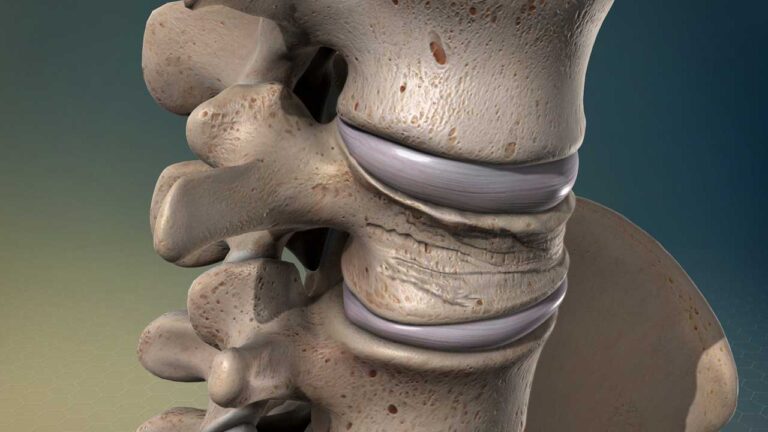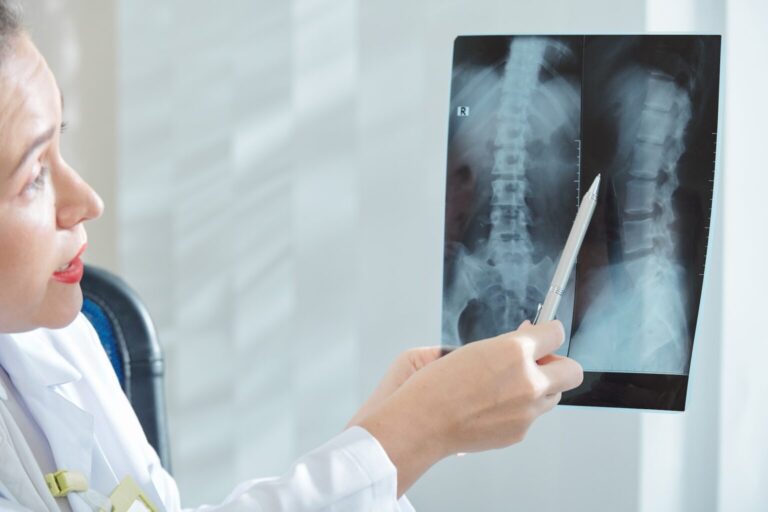Over the past two decades, both vertebral osteoplasty and kyphoplasty of the spine have emerged as central roles in the treatment of vertebral compression fractures. Relatively speaking, both are new techniques in the treatment of pain from vertebral compression fractures but differ in their treatment procedures. Decompression and fusion were the primary treatment options used to treat these compression fractures prior to the introduction of these procedures.
WHAT IS KYPHOPLASTY?
A surgical procedure called kyphoplasty was created to treat acute vertebral compression fractures, stabilize the spinal column, correct localized vertebral kyphosis, and restore the height of the vertebrae that were lost as a result of the compression fracture. Under general anesthesia, pinhole surgery is used to perform kyphoplasty, a type of vertebral augmentation.

WHAT IS VERTEBROPLASTY?
To repair compression fractures of the spine, vertebroplasty is a common outpatient or daycare operation. 90% of patients experienced pain reduction within 24 to 48 hours following the surgery. It is a low-risk, minimally invasive surgery also known as a pinhole procedure.
HOW DOES THE PROCEDURE WORK?
Both vertebroplasty and kyphoplasty are minimally invasive pinhole procedures used to repair vertebral body fractures in the spinal column.
Kyphoplasty Procedure
Kyphoplasty sometimes referred to as balloon kyphoplasty, is a minimally invasive surgical treatment. It is carried out either under general anesthesia or, on occasion, local anesthesia.
The operation is also known as balloon kyphoplasty because an X-ray-guided balloon catheter, which is similar to the one used in heart angioplasty surgery and is filled with fluids under pressure, is inserted into the compressed vertebra.
The balloon expands after it reaches the fractured position, restoring the collapse of the vertebra in the spine. Moreover, it can assist in removing abnormal vertebral fracture wedging. The balloon is drained and removed once it has inflated to its maximum size. Currently, a substance called polymethylmethacrylate that resembles cement is used to fill the area left by the balloon (PMMA).
The pasty cement sets up quickly in the area, stabilizing the spinal bone and restoring vertebral collapse.

Vertebroplasty Procedure
A minimally invasive surgical treatment called vertebroplasty helps to fix the spinal compression fracture and stop its uncomfortable motions.
Images from contrast-enhanced fluoroscopy are displayed on a television monitor as a needle is introduced through a tiny incision into the injured vertebra. Fluoroscopy aids in guiding the needle to compress the fractured vertebra without damaging the structure of the spinal cord.
The backbones (vertebrae) are injected with specially designed bone cement using a needle that has cracked or fractured, frequently as a result of osteoporosis. Your spine is supported by bone cement, which hardens, stabilizes fractures, and plugs fissures in the bone.
As this is an outpatient operation, you can leave the hospital immediately after surgery. After surgery, you might not need to spend all of your time in bed. The patient is instructed to return to regular activities as soon as possible. The quality and density of the bones can be improved with the help of several medications.
For up to 6 weeks, it is advised to avoid physically demanding activities like sports and heavy lifting. After surgery, you must have frequent checkups with your doctor to make sure you’re recovering well.
If you want to know which treatment is suitable for you whether kyphoplasty or vertebroplasty and need a quality treatment, visit Specialty Care Clinics.
